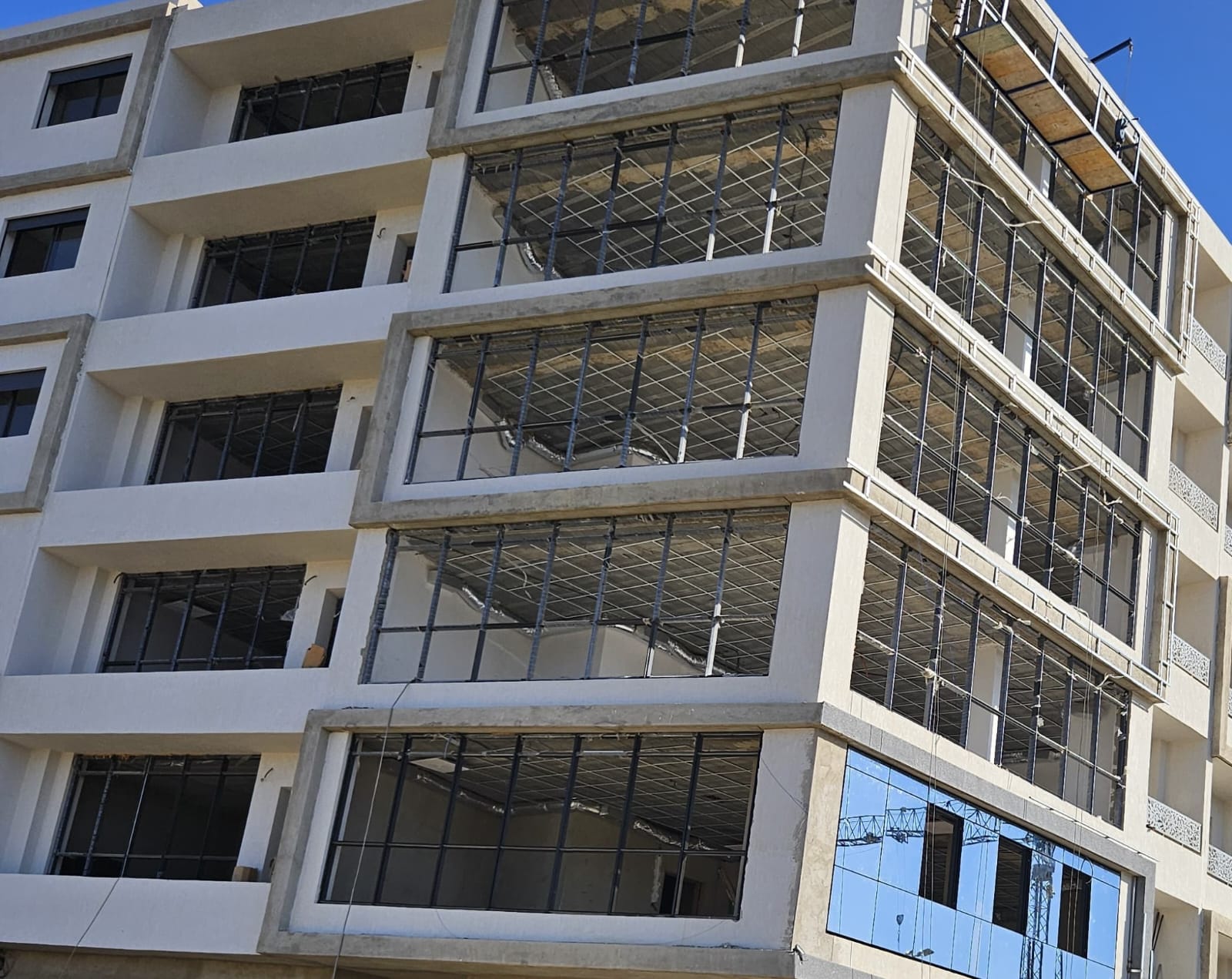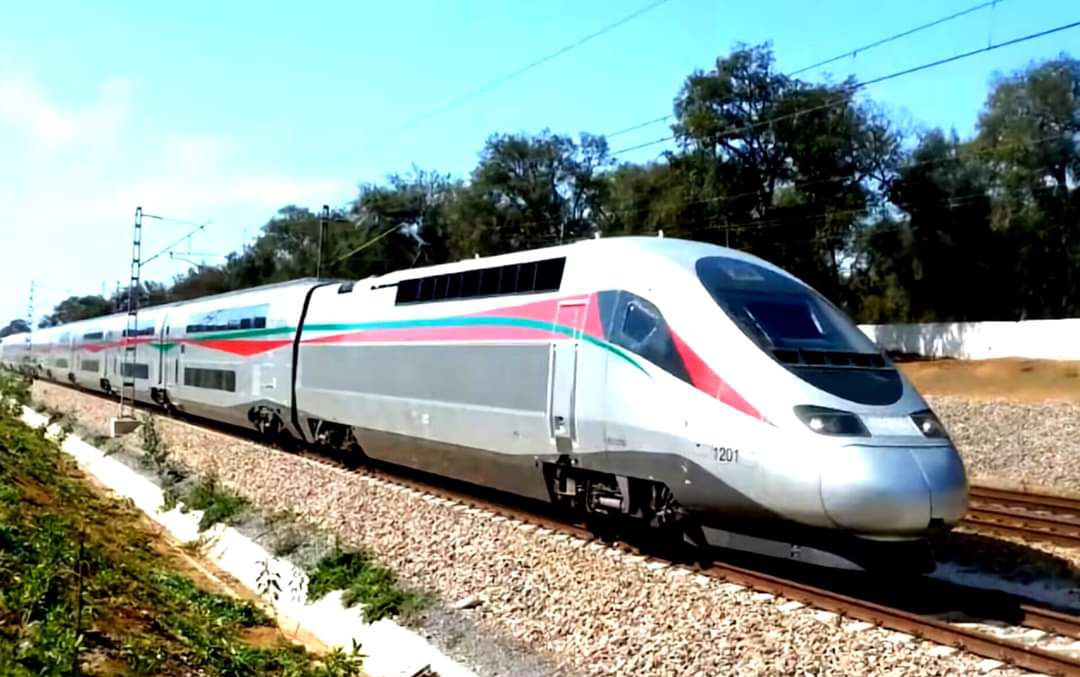Casablanca – As Morocco prepares to co-host the 2030 FIFA World Cup with Spain and Portugal, the country is undertaking a comprehensive modernization of its airport infrastructure. This strategic upgrade, led by the National Airports Office (ONDA), aims to transform the traveler experience through digital innovation, enhance international connectivity, and position Morocco as a top-tier global tourism destination.
A digital transformation of airports
At the heart of this transformation is the “Takeoff 2025” initiative, ONDA’s ambitious strategy designed to modernize the country’s airports through digitalization. The plan focuses on the complete digitization of the passenger journey, streamlining processes from check-in to boarding, thereby reducing wait times and enhancing the overall experience.
The Rabat-Salé Airport will serve as the testing ground for this technological revolution. By 2025, it is expected to complete the construction of a new terminal that will incorporate cutting-edge technology, setting the standard for future airport development in the country. This digital transformation will later be extended to Mohammed V International Airport in Casablanca, the largest airport in Morocco and a major international hub.
One of the key innovations under this initiative is the introduction of “smart Egate portals” at both Mohammed V and Marrakech-Menara airports. These portals will allow passengers to enter the boarding area by simply scanning their boarding pass, eliminating the need for manual checks and ensuring a faster, more efficient process. This system promises to reshape the passenger experience, making air travel more seamless and enjoyable.
Building the airports of tomorrow
While digitalization is a cornerstone of the modernization efforts, Morocco’s airports are also undergoing physical upgrades. The new terminal at Rabat-Salé, expected to be completed by 2025, will increase the airport’s capacity to handle 4 million passengers annually by 2040. This forward-thinking design combines advanced technology with operational efficiency, creating an airport of the future.
ONDA’s broader vision includes the expansion and improvement of other key airports across the country. This includes ongoing projects at Mohammed V, Marrakech-Menara, and Agadir airports, with plans to expand capacities and improve passenger flow and services. These efforts are not just about meeting immediate needs but also about creating a long-term legacy that will serve Morocco’s tourism sector well beyond 2030.
Strategic international connectivity
A crucial part of Morocco’s airport modernization strategy is enhancing international and domestic connectivity. In addition to improving the physical infrastructure, ONDA is focused on increasing the number of flights and destinations served by Moroccan airports. New international routes have recently been introduced, including connections from Beni Mellal to Milan and Barcelona, while domestic routes are being expanded to bolster internal travel.
ONDA has also worked to incentivize airlines to open new routes by offering exemptions on airport fees for domestic flights. By participating in international forums on air route development, Morocco aims to further strengthen its position as a key player in global aviation.
Preparing for the 2030 World Cup
The modernization of Morocco’s airports is not just about technological advancement; it is part of a larger effort to prepare the country for the 2030 FIFA World Cup. As millions of visitors are expected to flood into Morocco for the tournament, the upgraded airports will play a vital role in ensuring a smooth and efficient experience for travelers.
Beyond the event itself, these modernized airports will leave a lasting legacy, significantly enhancing Morocco’s appeal as a tourist destination. The new infrastructure will allow the country to handle increased passenger volumes and improve the overall travel experience, helping Morocco cement its reputation as a world-class destination for years to come.
A Future-ready Morocco
By modernizing its airports, Morocco is preparing to welcome the world for the 2030 World Cup while also setting the stage for a new era in tourism and air travel. The blend of digital transformation, infrastructure expansion, and strategic international connectivity will position the country as a leader in airport innovation in the Maghreb and beyond. This ambitious vision aims to enhance the traveler experience and support Morocco’s ongoing growth as a global tourism powerhouse.
















